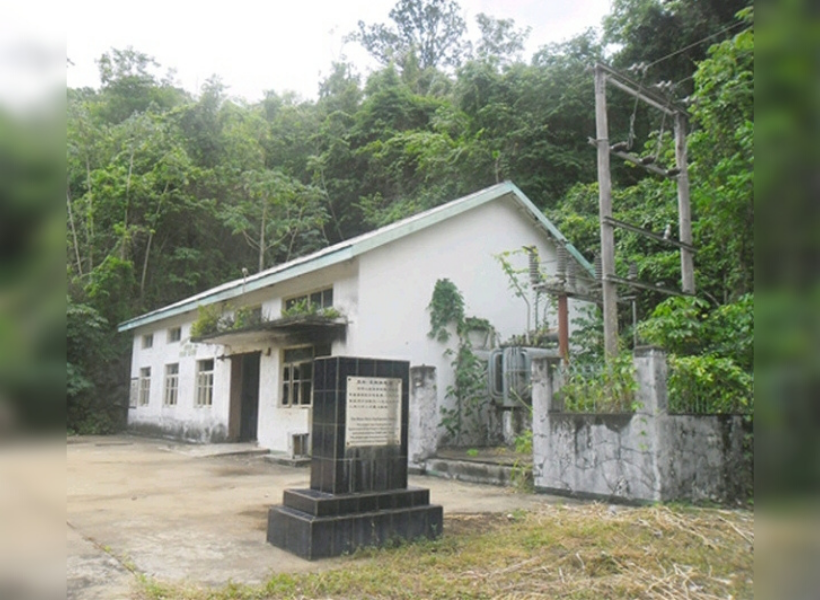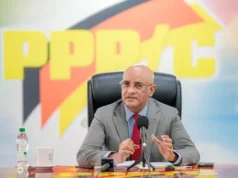The governing People’s Progressive Party/Civic (PPP/C) has tethered the multibillion-dollar resuscitation and overhaul of the Moco Moco hydropower station to its sustainable energy programme. However, plans to revive the facility have been around since the shuttering of the station after a deluge-triggered landslide back in 2003 – just four years after it came online. Since then, the country has been teased with a resuscitation by successive governments as ministers and regional officials continue scampering to resolve mounting electricity demand in the Upper Takutu/Upper Essequibo area.
Back in 2018, the David Granger-led administration greenlighted a geotechnical survey of the area surrounding the plant, two years after five foreign-based companies submitted bids for the rehabilitation and operation of the facility in keeping with the former A Partnership for National Unity + Alliance for Change (APNU+AFC) government’s plan to foster a “Green Economy”. The survey was considered critical in defining the scope of works and the attached cost, but it is still unclear if that project was tendered.
Former Public Infrastructure Minister under the APNU+AFC government, David Patterson had said in 2018 that the survey would be funded by the Inter-development Bank (IDB). The former regime remained adamant that the PPP/C administration was guilty of pussyfooting on the project’s revival from 2003 to 2015 when it lost the May elections. Afterall, the station stayed inoperable for 12 years under successive PPP/C governments. Evidently, the APNU+AFC also failed to bring round the facility after five years in government.
The PPP/C government is now promising to bring the project back online with revised modifications. The nation was told that facility will cost US$2.2M and will contribute significantly to the development of Lethem and other Region Nine communities by providing reliable, sufficient energy. The Guyana Energy Agency (GEA) and the Hinterland Electrification Company Inc. (HECI) is proposing to rehabilitate the defunct 500 kw hydropower plant to an installed capacity of 700 kw.
This enhanced energy supply will be delivered through a renewable energy source, which would not generate significant amounts of greenhouse gases. Additionally, the hydropower plant will increase the share of renewable energy sources within the country’s electrical generation system in the context of sustainable energy development.













